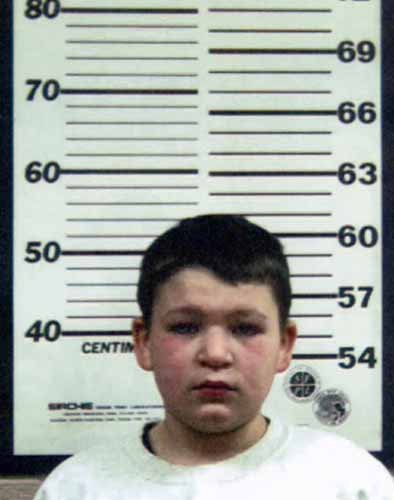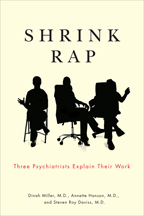Is it possible that bipolar disorder and schizophrenia have more in common with autism and other brain developmental disorders than they do with what we traditionally think of as illnesses?
That’s what Dr. Thomas Insel, director of the National Institute of Mental Health, suggested Wednesday night at the National Alliance on Mental Illness national convention in Chicago.
I’ve just returned to my hotel room after hearing his thought provoking talk, which I hope NAMI will reprint. Insel said that we need to stop thinking about bipolar disorder, schizophrenia, and major depression as ILLNESSES and recognize them as disorders that appear to be tied to developmental problems that happen when a child’s brain is being formed. By the time that the acute symptoms of the disorder actually appear (often in the early and mid-20s), doctors are seeing the disorder in its final stages and treating its symptoms — not the cause. Some studies suggest that by the time a person has their first manic attack or schizophrenic breakdown, the disorder itself might have been festering for a dozen or more years.
He specificially mentioned how some studies suggest that ADHD is now thought to begin forming in children as early as age five when specific parts of the brain are being developed. However, the symptoms do not appear until the teenage years.







